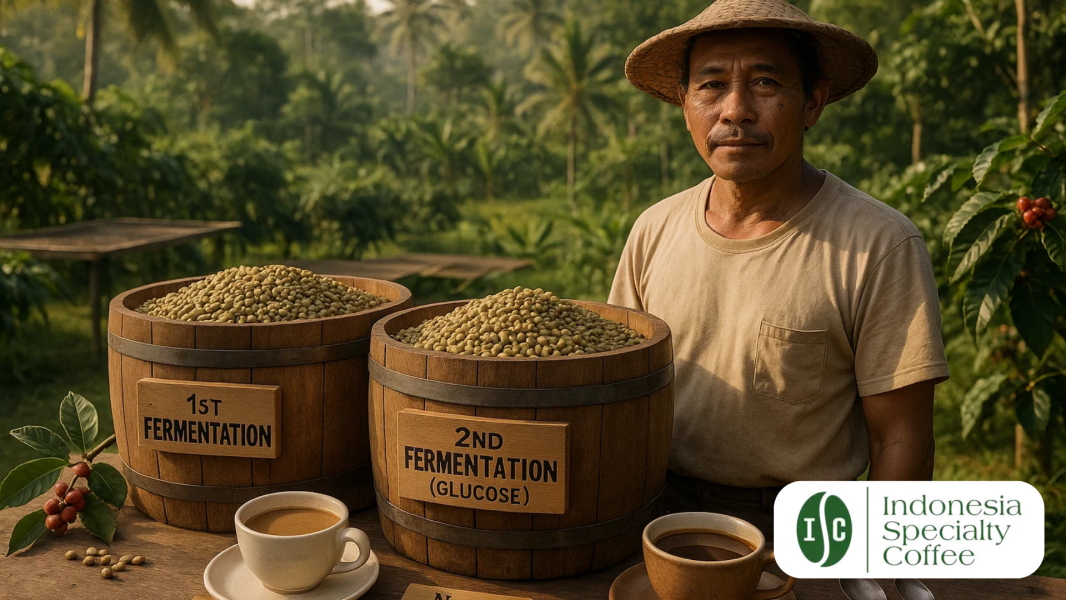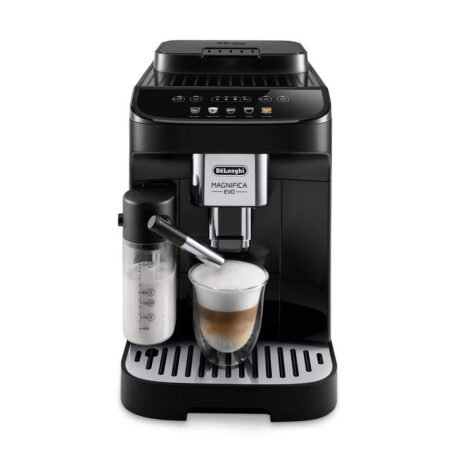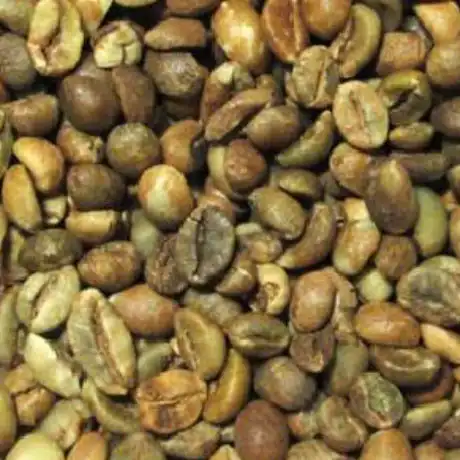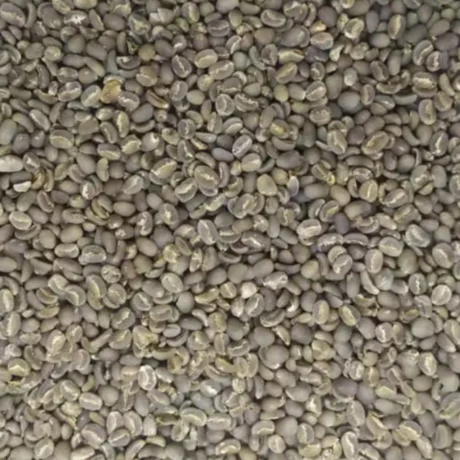The Sip That Changed Everything
Imagine this: you’re halfway through your usual morning coffee when a friend hands you a cup brewed from something new—double fermentation coffee. You take a sip. It hits your tongue with sweetness, vibrant acidity, and a bold yet clean finish. There’s caramel, nuts, maybe even a hint of tropical fruit. You blink. What just happened?
That, my friend, is the magic of double fermentation coffee—a revolutionary process now redefining how we experience Indonesian coffee. This isn’t just about better beans—it’s about unlocking entirely new flavor profiles that were once hidden inside the humble coffee cherry.
What Is Double Fermentation Coffee?
Let’s break it down.
In traditional wet processing, coffee undergoes a single fermentation phase to remove mucilage—the sticky layer that clings to the parchment of the coffee bean. This is mostly about cleanliness, not flavor.
Double fermentation, however, takes things further. After the first fermentation and washing, the beans are fermented a second time under controlled conditions. This deliberate, extended microbial exposure enhances the bean’s chemistry—boosting the precursors that will later explode into rich aromas and complex flavors during roasting.

The result? A cup that’s cleaner, deeper, and far more expressive.
🔬 Want the science behind the process? Check out this peer-reviewed study on double fermentation coffee using Lactococcus lactis.
Why Indonesia Is the Ideal Place for Double Fermentation
Indonesia is already known for its distinctive coffee regions—Sumatra, Sulawesi, Aceh, and more. But its unique climate, microflora, and farming culture make it an ideal playground for fermentation-based innovations.
In a 2020 case study using Indonesian Arabica green coffee, scientists explored the impact of controlled double fermentation with and without glucose. Two clear flavor profiles emerged:
- With glucose: A dramatic boost in caramel sweetness, fruity overtones, and vibrant acidity.
- Without glucose: A nuttier, more roasted flavor, with an earthy balance and complex aroma.
What’s more, both fermentation methods reduced the harsh, smoky notes found in untreated beans.
This gives Indonesian farmers and producers the power to transform even low-grade Arabica beans into high-scoring specialty coffees. For more on regional excellence, explore Lampung Coffee or Aceh Gayo Coffee.
The Flavor Science: What’s Happening Inside the Bean?
The key to coffee flavor lies in compounds called aroma precursors—primarily amino acids, sugars, and organic acids. During fermentation, microbes break down these compounds, altering their concentrations. Later, during roasting, they undergo Maillard reactions to create the volatile compounds we associate with coffee’s aroma and taste.
Here’s what the study found:
- More pyrazines → nutty, roasted, chocolate-like aromas
- Higher furfural levels → sweet, caramelized scents
- Reduced guaiacols → less smokiness, cleaner finish
The star of the show? Lactococcus lactis subsp. cremoris—a lactic acid bacterium widely used in cheese-making. It produces lactic acid (enhancing body and sweetness) without generating acetic acid (which can lead to unwanted vinegar notes).
For more on crafting sweet, full-bodied brews, read The Art of French Press Coffee Ratio.
What Coffee Tasters Are Saying
In sensory evaluations led by certified Q-graders:
- The glucose-fermented coffee was rated “sweet, bright, and rich in caramel.”
- The non-glucose fermented version offered “strong roasted and nutty notes with complex depth.”
- Both had significantly reduced smokiness, a common defect in lower-grade beans.
Still stuck brewing the same routine every day? Discover 7 Secret Tricks to Make Your Coffee Better Than a Coffee Shop.
Why It’s Not Just for Roasters and Farmers
Think this is only for pro-level roasters or farmers? Think again.
As a consumer, you can enjoy double fermentation coffee too. Here’s how to get started:
- Look for “double fermented” labels on specialty coffee packages.
- Try medium roast profiles, where flavor distinctions are most pronounced.
- Brew with pour-over or French press to highlight nuanced flavors. Here’s your guide to perfect pour-over timing.
Even better—support producers using this method. It’s more labor-intensive, but it adds economic value to each lot, improving farmer livelihoods, especially in rural Indonesian regions.
Why This Matters in the Third Wave Movement
The third wave of coffee emphasizes transparency, terroir, and craft. Double fermentation coffee fits this perfectly. It allows for storytelling, innovation, and flavor diversity in a cup.
Even from a sustainability standpoint, this process has merit. It gives lower-quality beans a second life—reducing waste and adding value. Learn more about environmentally sustainable coffee practices.
So What Does This Mean for Your Cup?
It means the future of coffee is more intentional, more scientific, and more delicious than ever.
Next time you brew, ask yourself:
Am I just drinking coffee, or am I tasting a journey?
With double fermentation coffee, you’re not just sipping—you’re experiencing a story told through aroma, acidity, and finish. And in that story, Indonesia is taking the lead.





